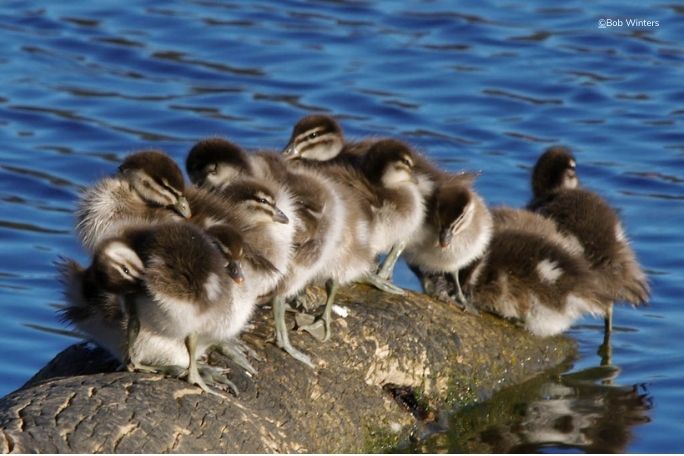Lesson summary
In this lesson students explore the concept of biodiversity. They begin by working in groups to conduct research in order to investigate a topic relating to ecosystem diversity, species diversity and genetic diversity. Then they work in new groups to create a communication product that explains the importance of biodiversity.
Learning intentions:
Students will...
- understand the complexity of the concept of biodiversity
- be able to distinguish between ecosystem diversity, species diversity and genetic diversity
- understand how to apply the concept of biodiversity to conservation.
Success criteria:
Students can...
- explain what biodiversity is
- do research online
- present information to their peers
- review and edit their own work and the work of others.
Lesson guides and printables
Lesson details
Curriculum mapping
Year 9 English:
- Create imaginative, informative and persuasive texts that present a point of view and advance or illustrate arguments, including texts that integrate visual, print and/or audio features (ACELY1746)
- Review and edit students’ own and others’ texts to improve clarity and control over content, organisation, paragraphing, sentence structure, vocabulary and audio/visual features (ACELY1747)
Year 10 English:
- Create sustained texts, including texts that combine specific digital or media content, for imaginative, informative, or persuasive purposes that reflect upon challenging and complex issues (ACELY1756)
- Review, edit and refine students’ own and others’ texts for control of content, organisation, sentence structure, vocabulary, and/or visual features to achieve particular purposes and effects (ACELY1757)
General capabilities: Literacy, Critical and creative thinking.
Cross-curriculum priority: Sustainability OI.1.
Relevant parts of Year 9 English achievement standards: Students create texts that respond to issues, interpreting and integrating ideas from other texts. They edit for effect, selecting vocabulary and grammar that contribute to the precision and persuasiveness of texts and using accurate spelling and punctuation.
Relevant parts of Year 10 English achievement standards: Students create a wide range of texts to articulate complex ideas. They demonstrate understanding of grammar, vary vocabulary choices for impact, and accurately use spelling and punctuation when creating and editing texts.
Time required: 120 minutes.
Level of teacher scaffolding: Medium – Facilitate students sharing their ideas about an alternative.
Resources required
- Internet access
- Digital projector or smartboard
Skills
This lesson is designed to build students’ competencies in the following skills:
- Collaboration
- Communication
- Creativity
- Critical thinking
Additional info
This is an original Cool.org lesson. Facts and figures in these lessons may have changed since this lesson was published. We always endeavour to update our resources in a timely manner, but if you see an error or issue in our resources please get in touch with us.


Welcome back!
Don't have an account yet?
Log in with:
By signing up to Cool.org you consent and agree to Cool's privacy policy to
store, manage and process your personal information. To read more, please see
our privacy policy here(Opens in new tab).
Create your free Cool.org account.
Many of our resources are free, with an option to upgrade to Cool+ for premium content.
Already have an account?
Sign up with:
By signing up to Cool.org you consent and agree to Cool's privacy policy to
store, manage and process your personal information. To read more, please see
our privacy policy here(Opens in new tab).